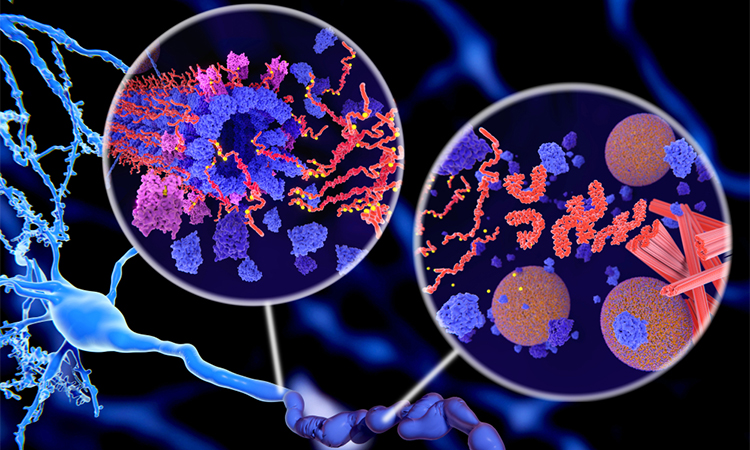Drug OLX-07010 shows promise in treating tau diseases
Posted: 27 March 2025 | Drug Target Review | No comments yet
OLX-07010, a new drug from Oligomerix, shows potential in reducing tau protein tangles, a key factor in Alzheimer’s and other tau-related diseases. Early studies suggest it could be a breakthrough in targeting tau aggregation and improving brain function.


A promising new treatment from New York-based biotech Oligomerix is offering hope for the future of tau-related disease therapies. OLX-07010, an oral small molecule, has been shown to reduce the tangling of tau protein in the brains of mice modelling a rare neurological disorder, suggesting it could be a viable treatment for diseases like Alzheimer’s diease (AD).
The results, published in the Journal of Neurochemistry, indicate that OLX-07010 could effectively target tau-related diseases. In previous studies, Oligomerix researchers found that OLX-07010 prevented tau aggregation in mice genetically predisposed to develop tau tangles. This new study, however, focused on mice that already had tau aggregations. Treatment with OLX-07010 was shown to reduce these harmful tau bundles compared to untreated mice.
The role of tau in neurodegenerative diseases
Tau protein is crucial for stabilising neurons in the brain. However, in certain neurological diseases, it can form sticky aggregates that interfere with brain function. In this study, the mice had a mutated form of tau resembling that found in progressive supranuclear palsy (PSP), a rare tauopathy that causes difficulties with speech, coordination, and memory.
While tau plays a significant role in Alzheimer’s disease, the tau in this condition is not mutated in the same way as in PSP. As a result, the authors highlight the need for further research to investigate how OLX-07010 affects mice with Alzheimer’s-like tau tangles.
Improved motor coordination
In addition to reducing tau tangles, the treated mice demonstrated enhanced motor coordination. In a common test for motor function, the rotating rod, the treated mice were able to maintain balance for longer than their untreated counterparts. This suggests that OLX-07010 not only reduces tau accumulation but also improves neurological functions.
Potential for a synergistic Alzheimer’s treatment
In Alzheimer’s disease, both tau and amyloid beta protein aggregation are thought to contribute to disease progression. Dr William Erhardt, President and Head of Development at Oligomerix, emphasised the potential of combining drugs that target amyloid beta aggregation – considered an initiating factor in Alzheimer’s disease – with treatments like OLX-07010 that target tau and inflammation.
He said: “This study shows that treatment of mice with pre-existing tau aggregates with OLX-07010 can block the further accumulation of tau aggregates. This is important for Alzheimer’s patients because the progression of tau aggregation begins years before clinical symptoms are apparent.” He continues, “It is anticipated that drugs targeting amyloid beta aggregates, considered an initiating factor for AD, with drugs targeting tau and inflammation, involved in disease progression, should have a synergistic effect for treating AD.”
Current clinical trials
OLX-07010 is currently being tested in a Phase I clinical trial involving healthy, elderly volunteers. The trial, which began in February 2023, is expected to be completed later this year. With these promising preclinical results, OLX-07010 may soon offer a new approach to treating tau-related neurological diseases.
This study was published in the Journal of Neurochemistry.
Related topics
Animal Models, Disease Research, Drug Development, Drug Targets, Neuroprotection, Neurosciences
Related conditions
Alzheimer's disease (AD), Dementia
Related organisations
Oligomerix
Related people
Dr William Erhardt








